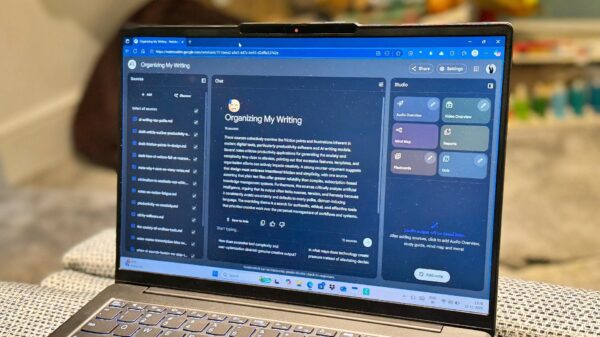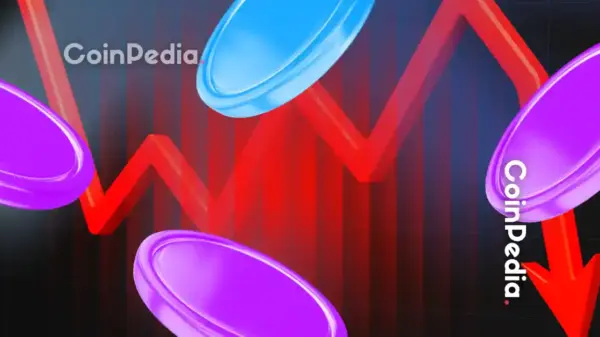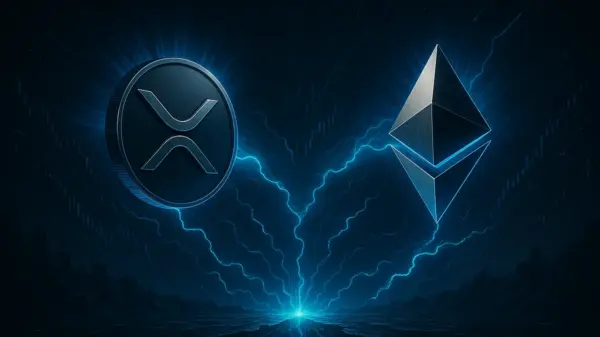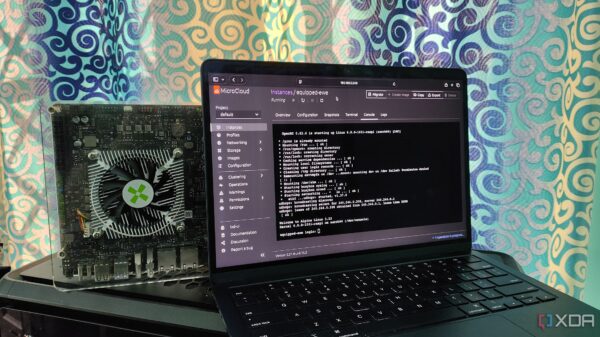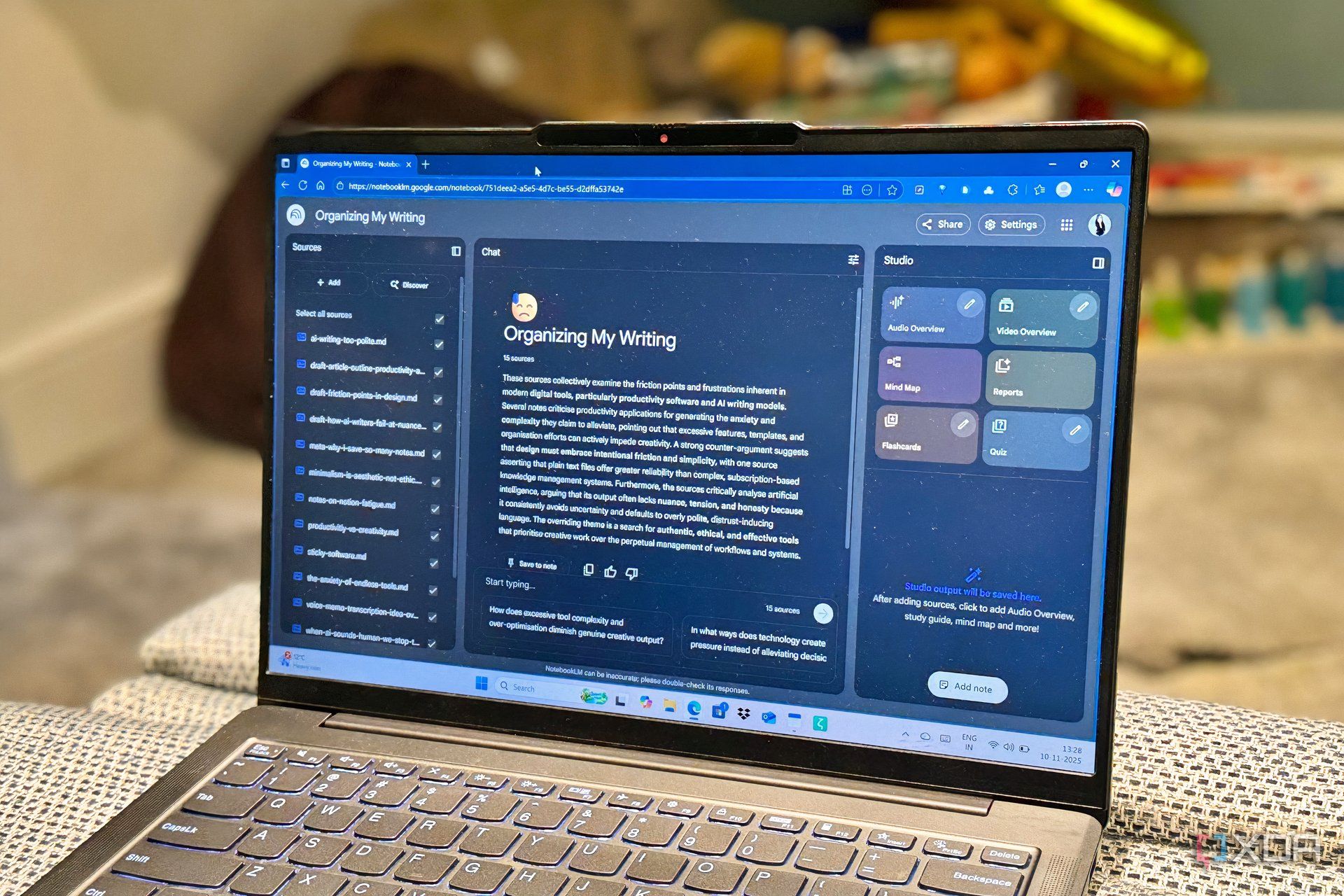UPDATE: Google’s latest AI-powered research assistant, NotebookLM, is revolutionizing how writers overcome creative blocks by connecting previously overlooked ideas from their own notes. Launched in October 2023, this innovative tool is making headlines as users report significant boosts in productivity and creativity.
Writer’s block is often misunderstood; it’s not about a lack of ideas but rather a flood of unorganized thoughts. NotebookLM tackles this issue head-on by analyzing a year’s worth of notes and revealing hidden connections. Users can transform their chaotic archives into cohesive narratives without the frustration of starting from scratch.
In a demonstration of its capabilities, one user uploaded over 40 note files filled with fragmented thoughts on topics ranging from AI workflows to productivity anxiety. Instead of merely summarizing, NotebookLM performed a deep dive into the content, identifying key themes and patterns that the user had not recognized.
The tool surfaced four major themes: the irony of productivity tools becoming distractions, the tension between creativity and constraints, the complex nature of AI honesty, and a longing for simplicity in design. This insight allowed the user to see how their ideas were interconnected, revealing a cohesive narrative that had been obscured by scattered notes.
Unlike traditional apps that require tagging or manual linking, NotebookLM treats the entire knowledge base as a single entity. This unique approach facilitates creative breakthroughs, which often arise from the collision of disparate ideas. For instance, when asked about recurring themes, NotebookLM provided a coherent analysis that highlighted connections the user had never articulated.
The impact of NotebookLM extends beyond mere idea generation. It has been described as a creative partner, helping users brainstorm article angles based on their own notes. One notable suggestion was to explore how productivity tools can induce anxiety, a theme that resonated deeply with the user’s past writings.
Within just one hour, the user developed five original article outlines, demonstrating the tool’s effectiveness in uncovering latent ideas. Additionally, NotebookLM offers an intriguing feature called “Audio Overviews,” allowing users to hear discussions of their sources, providing a fresh perspective on their thoughts.
The shift in creative momentum is profound. Users are now encouraged to build upon their existing ideas rather than seeking external inspiration. This is evidenced by the creation of three blog posts in a single week, generated from the connections surfaced by NotebookLM.
While the tool has shown remarkable potential, it is not without its flaws. Users have reported instances of misinterpretation, prompting them to refine their own ideas further. These imperfections can actually enhance the creative process, forcing users to clarify their thoughts and discover new angles for their work.
NotebookLM exemplifies how technology can externalize the messy ideation phase of creativity, making it more visible and manageable. By revealing coherence in previously disconnected notes, it empowers writers to see that their ideas are not lost but merely waiting to be uncovered.
As the creative landscape continues to evolve, tools like NotebookLM represent a significant advancement in how individuals approach writing and idea generation. With its capacity to transform overwhelming archives into structured creativity, Google’s NotebookLM is poised to change the way we think about productivity and inspiration in the digital age.
Stay tuned for more updates on how AI tools are reshaping the creative process across various fields.



